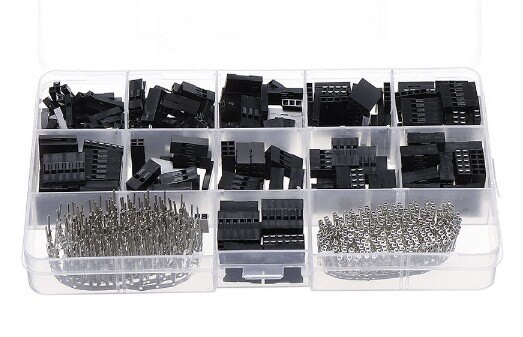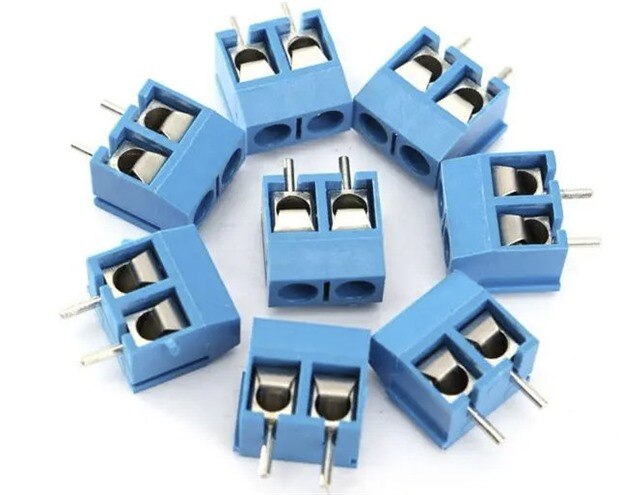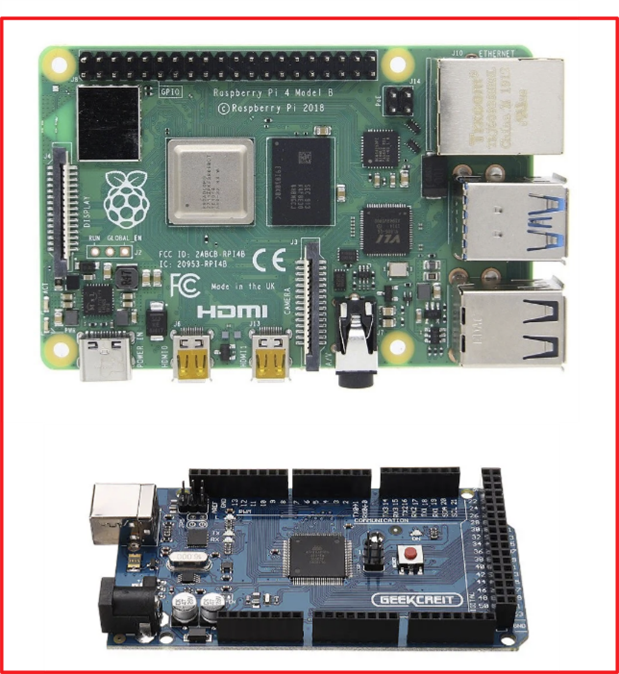With an extra pair of hands working on the display panel today's efforts were focused on electronics.
Simple setup. Wire RGBLED OFC to limiting resistors and then connect limiting resistors to controller GPIO's. Wire a button and wire an output to trigger the LED sequence strip.
In my last blog post I alluded to a solution for wiring the RGBLED OFC's. The four leads of the RGBLED connect perfectly in a 2.54mm Dupont Cable Jumper Wire Pin Header Housing female Connector. Four wires from a flat cable with the connector attached provides a flexible connection option to the limiting resistors. Mounted the limiting resistors on a slice of perfboard and solder the ends of the flat cable to the resistor provides a means for the RGBLED OFC to be tested.
A quick stop over to the guy that is assembling the display panel gets me thinking about a design decision to limit the RGBLED OFC GPIO's. A rummage under the bench to find a Geekcredit Mega micocontroller. Another off the shelf project. The mega has over 50 GPIO's, more than enough to support all the RGBLED's. Forget about it! You have already started laying out the python code to use a Pi.
I throw a few terminal blocks on the perfboard to accommodate the button and LED strip trigger and then switch gears to address the nagging controller Pi verses Arduino thoughts.
Truth be told coding is not a strong skill. I struggle every time I code. It seems I don't retain past knowledge and it feels like I'm starting over every time I sit to write. For that reason I have been leaning towards the Pi. I have some Python code I can reuse and maybe lighten the burden. Yeah, but it limits the colour range on some of the burst rings. The Pi has some additional overhead. An Arduino solution sure would make thing easier. The punch clock rings and its time to call it a day.
The display panel is being assembled. The connection assemble for the LED's and other resources is ready. Do a review on the next sitting and see what other electronics I need to consider.







-

DAB
-
Cancel
-
Vote Up
0
Vote Down
-
-
Sign in to reply
-
More
-
Cancel
-

colporteur
in reply to DAB
-
Cancel
-
Vote Up
0
Vote Down
-
-
Sign in to reply
-
More
-
Cancel
Comment-

colporteur
in reply to DAB
-
Cancel
-
Vote Up
0
Vote Down
-
-
Sign in to reply
-
More
-
Cancel
Children